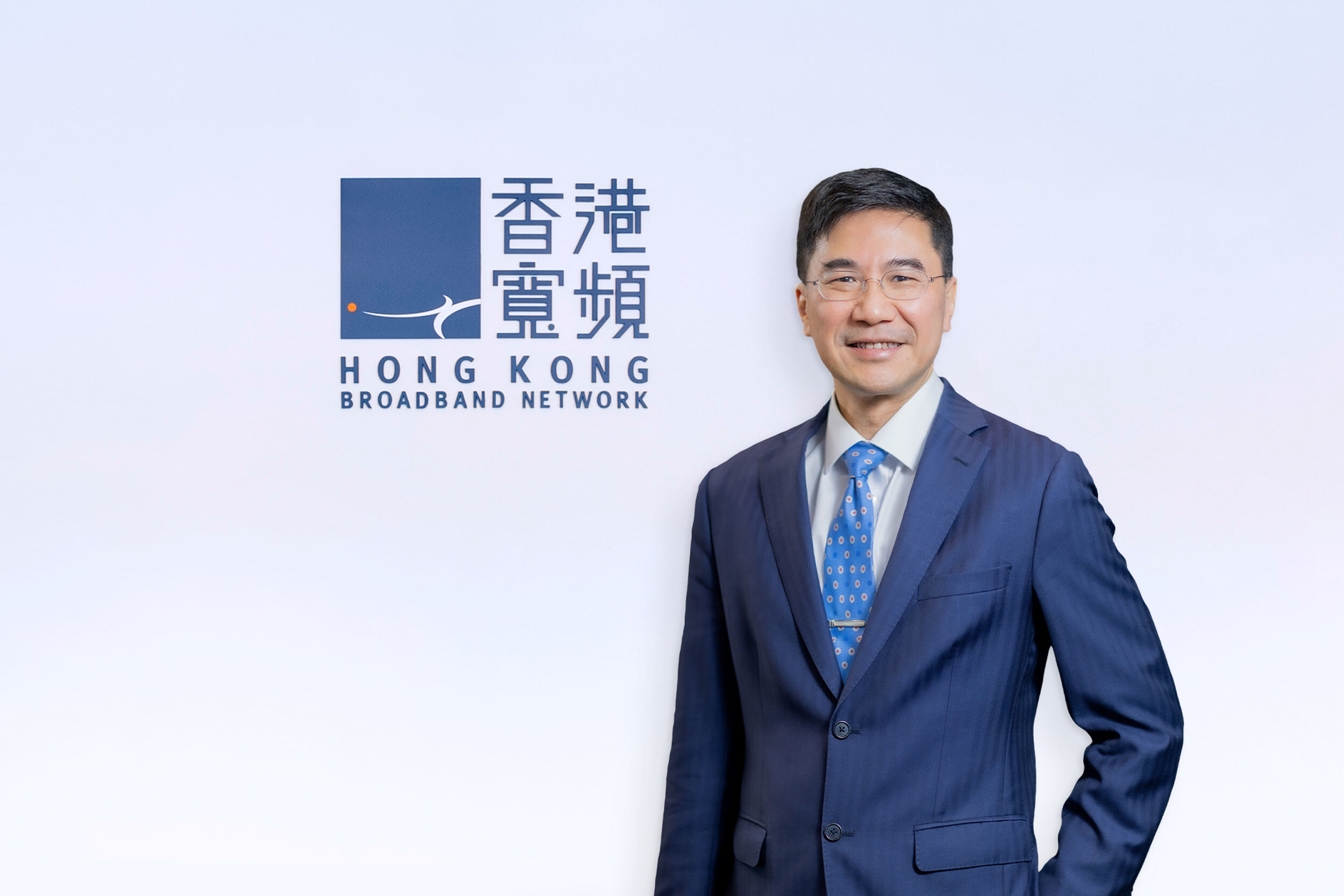
Korea IT Times celebrates its 20th anniversary with insightful columns from local and international thought leaders. Following contributions from experts from all walks of life in July , August , and September , we are pleased to present our October contributors. By By Byoung min Im, Columnist About two years before OpenAI's ChatGPT was released, I delivered the message through the Korea IT Times column that King Sejong's Hangul is the most suitable language tool for the AI era.
In 1989, UNESCO designated Hunminjeongeum Hangul as a world documentary heritage. Since English can only implement letters and sounds one-to-one, phonetic symbols are essential. However, the scientific design of Hangul allows it to represent sounds as letters and letters as sounds.

The purpose of writing is to convey meaning effectively. The global linguistic community and experts recognize Hangul as the best alphabet because of its originality, scientific structure, and accuracy. It is a scientific alphabet that aligns with the future of the quantum computer era, the coming age of AI-driven knowledge productivity, and rapid thought.
It is distinct from English, Chinese, Japanese, and Arabic. Professors such as Jared at UCLA, Jeffrey in the UK, and Edwin at Harvard have evaluated Hangul as the ideal alphabet that humanity dreams of, while world-renowned scholars note that Hangul changes the structure of the human brain. In the AI era, it is viewed as the ultimate alphabet, touted as the culmination of six compelling reasons.
First, Hangul is a scientific language similar to computer binary, created to convey human emotions and a profound philosophical understanding of the universe. Hangul can express about 15,400 sounds, covering everything from natural sounds like the wind and birds to the sounds of animals and insects. Compared with other languages, Chinese has about 410 syllables and requires the Roman alphabet to input the 3,500 most commonly used characters.
It also supports digital handwriting or voice input methods. Japanese, which also uses Chinese characters, relies on an alphabet bridge method for typing, with about 50 sounds. A sentence that takes about 30 seconds to input in Chinese or Japanese can take only about 3 seconds in Hangul.
The difference is approximately 7 to 10 times faster for skilled users. Furthermore, selecting characters with around 20 additional pinyin can further slow the process. Hangul enables direct letter input by combining consonants and vowels without needing conversion methods.
Twelve years ago, the Hangul specialist company Agerigna introduced Hangul’s consonant and vowel structure to the Amharic input method used by Ethiopians. This innovation allowed them to bypass the Roman alphabet and directly input Amharic, gaining respect as their national keyboard. Agerigna supports nearly 193 countries with diplomatic relations with Korea by developing structure systems that integrate Hangul characters into native language inputs.
Those aiming to prepare for the future AI era and reduce illiteracy can contact Agerigna for assistance. The Roman alphabet's 26 letters are less scientific than Hangul in the AI era. For instance, in the word “element,” the letter 'e' has three different sounds.
While current AI understands these general languages at 60% to 70%, it understands Hangul at over 95%, marking Hangul as essential for the future AI era. Linguists advise that large-population countries like India and China, with high illiteracy rates, should adopt Hangul as their scientific input system to prepare for the digital age alongside AI advancements. Ignoring this advice is not an option.
Second, Hangul is known as the “morning alphabet,” indicating its easy learnability, even for those struggling to pick up new scripts. Mastery can be achieved in just a few days, a significant advantage for lowering a country's illiteracy rate and fostering development. Using Hangul for fast and accurate communication, Korea boasts a zero illiteracy rate.
Third, In the digital age, top companies compete to integrate Hangul, rather than alphabets or languages like Chinese and Hindi, as AI’s most comprehensive human language. Created about 600 years ago by King Sejong of Korea with a spirit of caring for his people, Hangul has been renewed with the restoration of four unique consonants and vowels (ᅀ, ᅌ, ᅙ, ᆞ) from the Hunminjeongeum Haeryebon, capable of expressing around 15,400 sounds. Restoring these elements helps apply Hangul optimally in AI fields and assists with accurate and accessible communication, thus lowering illiteracy rates.
Fourth, professors and scholars from Harvard, MIT, and Stanford who are involved in linguistics or computer engineering universally agree that Hangul’s scientific system is highly effective, particularly in surpassing Chinese tones and Japanese sounds. Applying this system shows a remarkable accuracy of over 95% in English, Spanish, and Arabic. Hangul’s structure enhances AI's language learning ability by allowing it to understand a universal language structure, providing a similar effect to humans learning multiple languages.
This evolution empowers AI to grasp dialects, idioms, cultural contexts, and even emotional nuances, whether translating poetry or jokes. Fifth, A Harvard professor highlighted that Hangul can revolutionize communication for autistic children, enabling them to interact more like their peers. Research revealed that when autistic children were exposed to Hangul, their brain structures exhibited increased neuroplasticity, improving connectivity in language processing areas and indicating newfound paths within their brains.
This revolutionary finding suggests that Hangul teaches letters and facilitates significant communication breakthroughs, offering hope to children worldwide with speech challenges. Sixth, Among the roughly 6,912 languages spoken from African tribes to the Amazon, 23 serve as the primary tongues for approximately 3.8 billion people within the global population of about 7.
9 billion. The high illiteracy rates stem from cross-language communication barriers. International bodies like the UN should spearhead efforts to disseminate Hangul to improve linguistic connectivity and reduce illiteracy.
Experts affirm the startling notion that, in the AI era, Korea could become the global lingua franca as Hangul replaces English. Hangul's ease of learning, scientific innovation, and accuracy position it as a superior script for the AI-driven knowledge economy - a fundamental tool for efficient communication. This aligns with a scientific quest to explore quantum perspectives, accepting Hangul’s potential as the language of future quantum computing advancements.
During the Japanese colonial period, four unique Hangul letters (ᅀ, ᅌ, ᅙ, ᆞ) were lost, limiting character expressiveness to 11,170 sounds. With their restoration, Hangul can express 15,400 sounds across nature. The current government should lead efforts to reintegrate and raise awareness of these letters.
Official policies should mandate their use abroad and facilitate a domestic transition, integrating the restored script outlined in the original Hunminjeongeum Haeryebon. Hangul encompasses not only all human-emotional and natural expressiveness but also the mystical harmony of the universe, justifying its importance. In 1980s Korea, the Chun Doo-hwan administration wisely banned Chinese characters in educational materials, reinforcing Hangul’s dominance to preserve national identity and global recognition.
Without this decisive move, Korea might lack independent acknowledgment today. Hangul will endure as a significant cultural legacy, providing a robust foundation for the nation’s digital future and a cherished artifact even in the quantum computing age..












